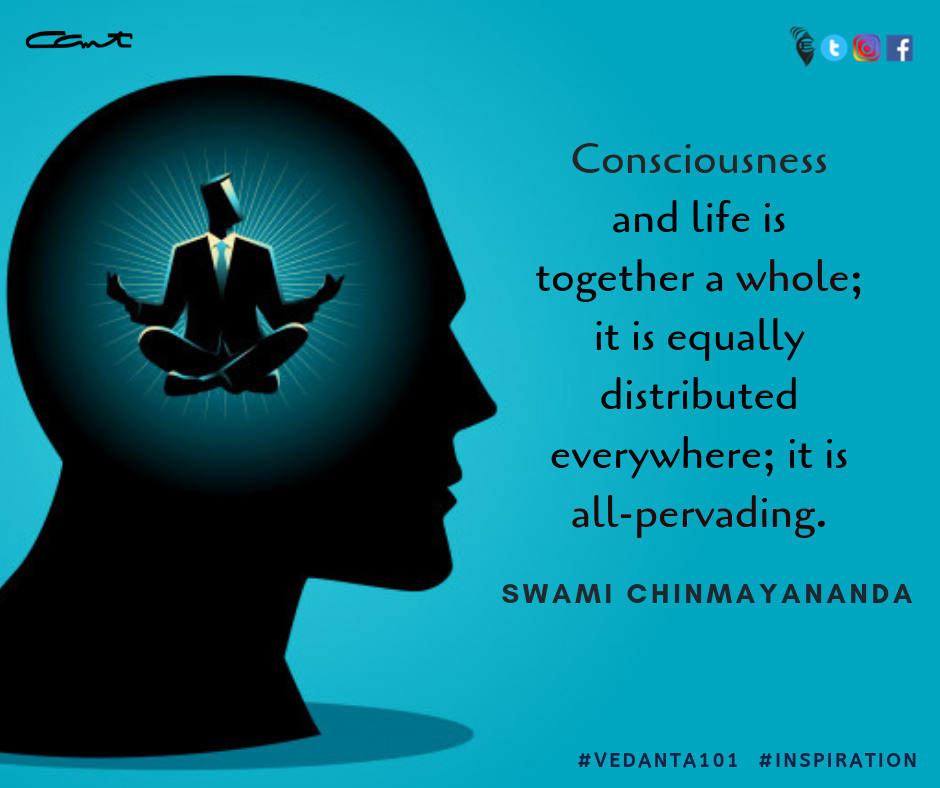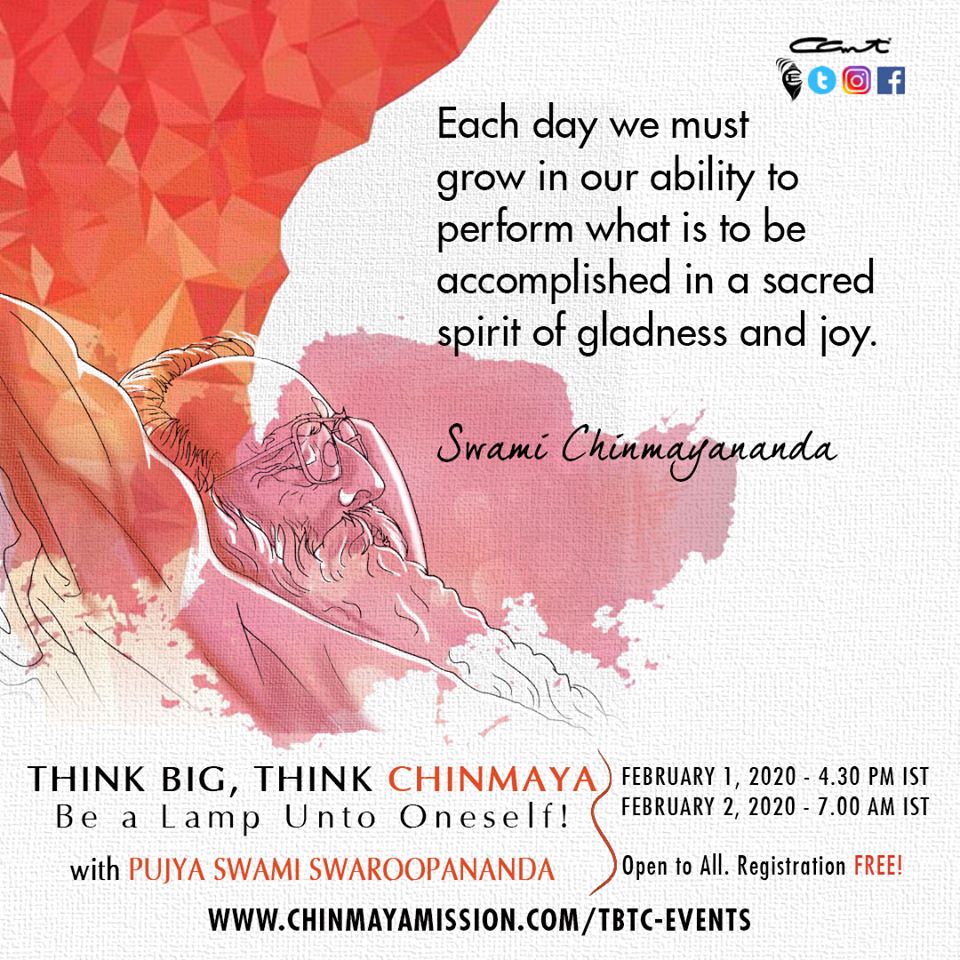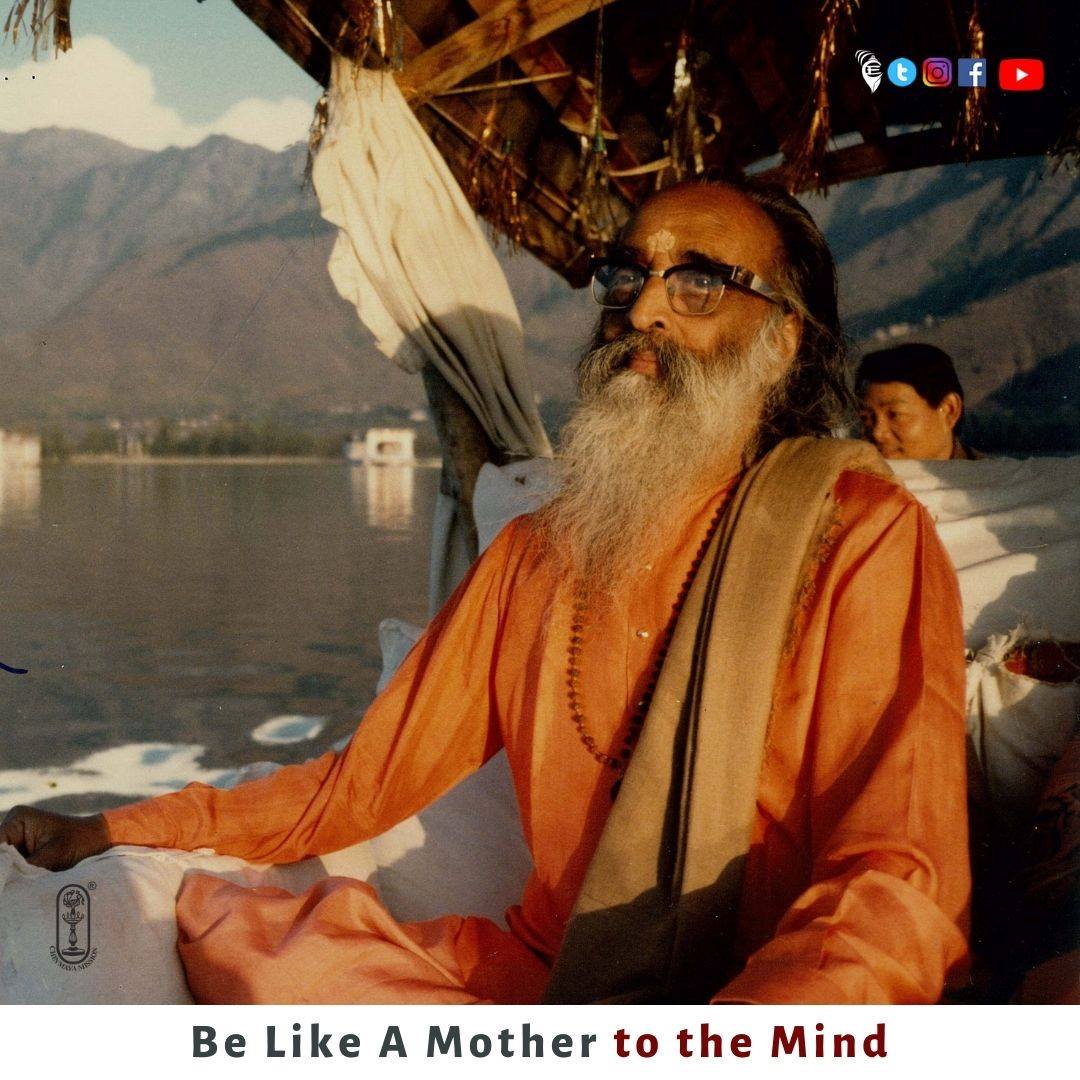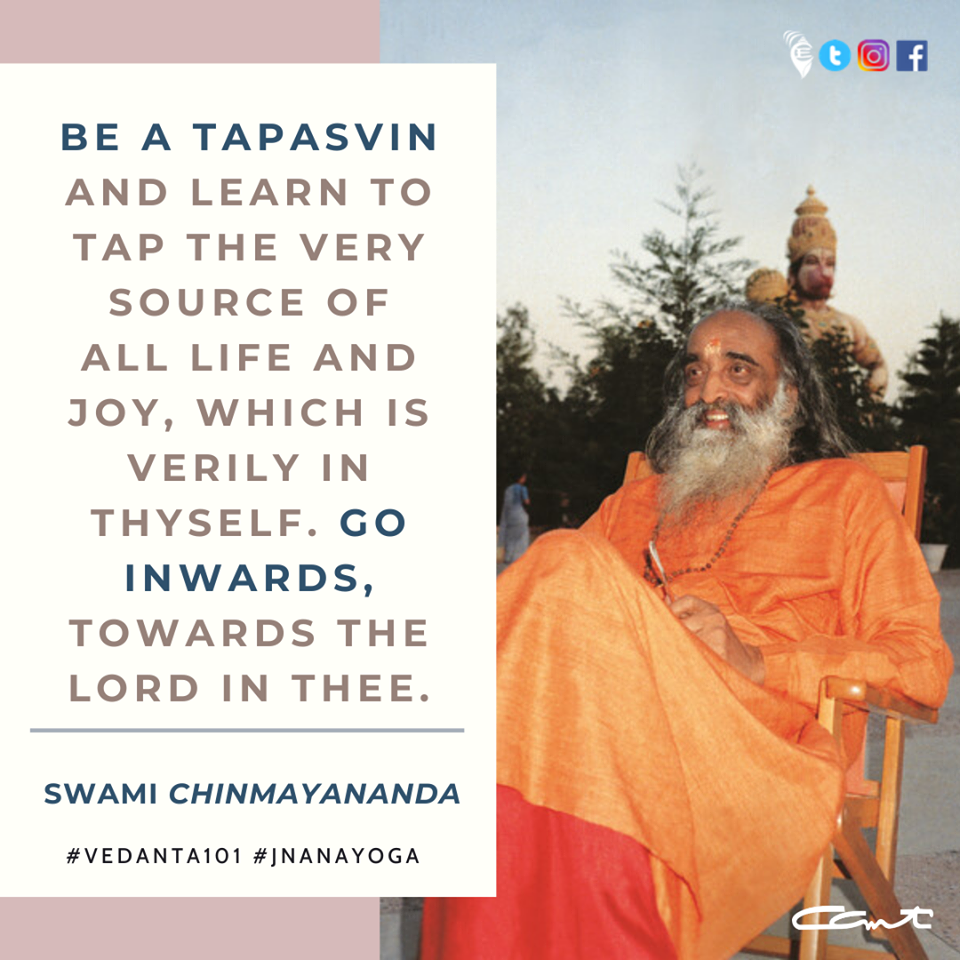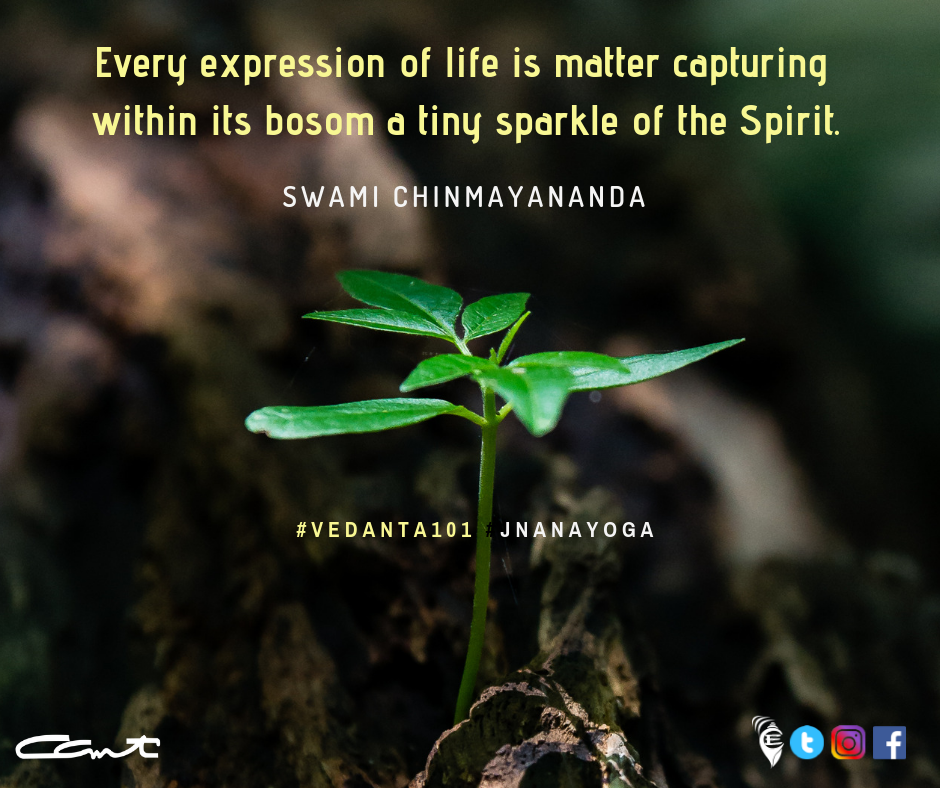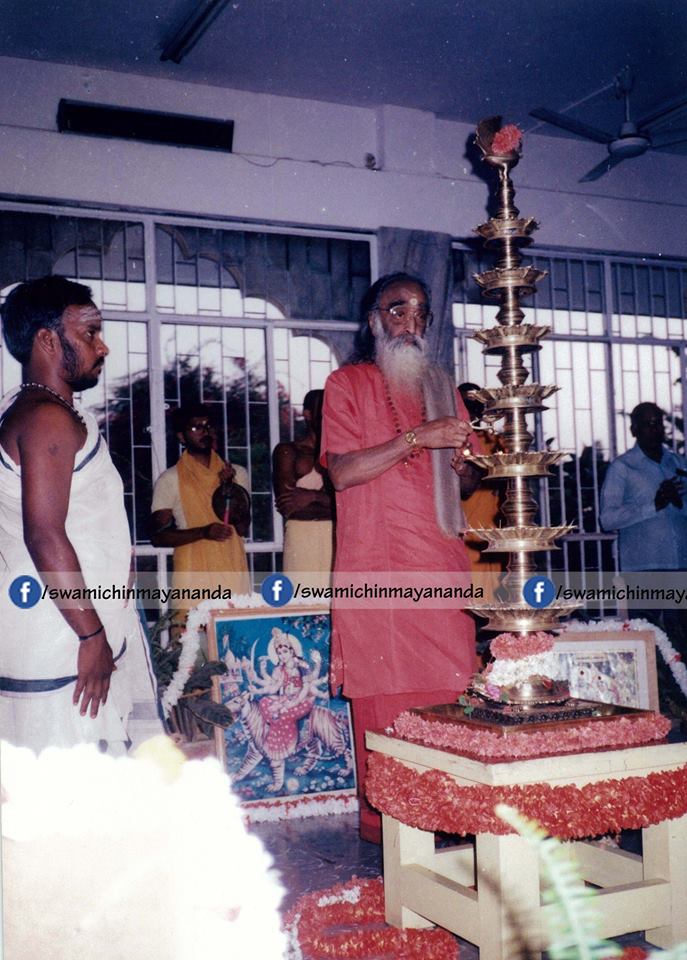The Teachings of the Bhagavadgita - 6.1. Swami Krishnananda.

---------------------------------------- Sunday. November 29, 2020. 09:43. AM. Chapter 6: Self-Restraint and the Nature of the Self - 1. ------------------------- Chapters four, five and six of the Bhagavadgita in a way dilate upon the discipline that is required in the practise of yoga. Some aspect of it I touched upon yesterday, and the study we made already is the foundational character of spiritual discipline, in a sense. Spiritual discipline, which may be considered to be almost the same as what you regard as self-control, is a many-sided, spiritual effort. The whole of yoga is self-restraint and a simultaneous self-recovery. It is dying to live, as Swami Sivanandaji Maharaj used to say many a time. The process of vairagya and abhyasa constitutes a sort of dying, for the sake of a living in a higher sense. This dying is not a loss – you will bring back to your memories what I told you yesterday – it is a gaining of the originality of things by awakening from one's involvement ...


